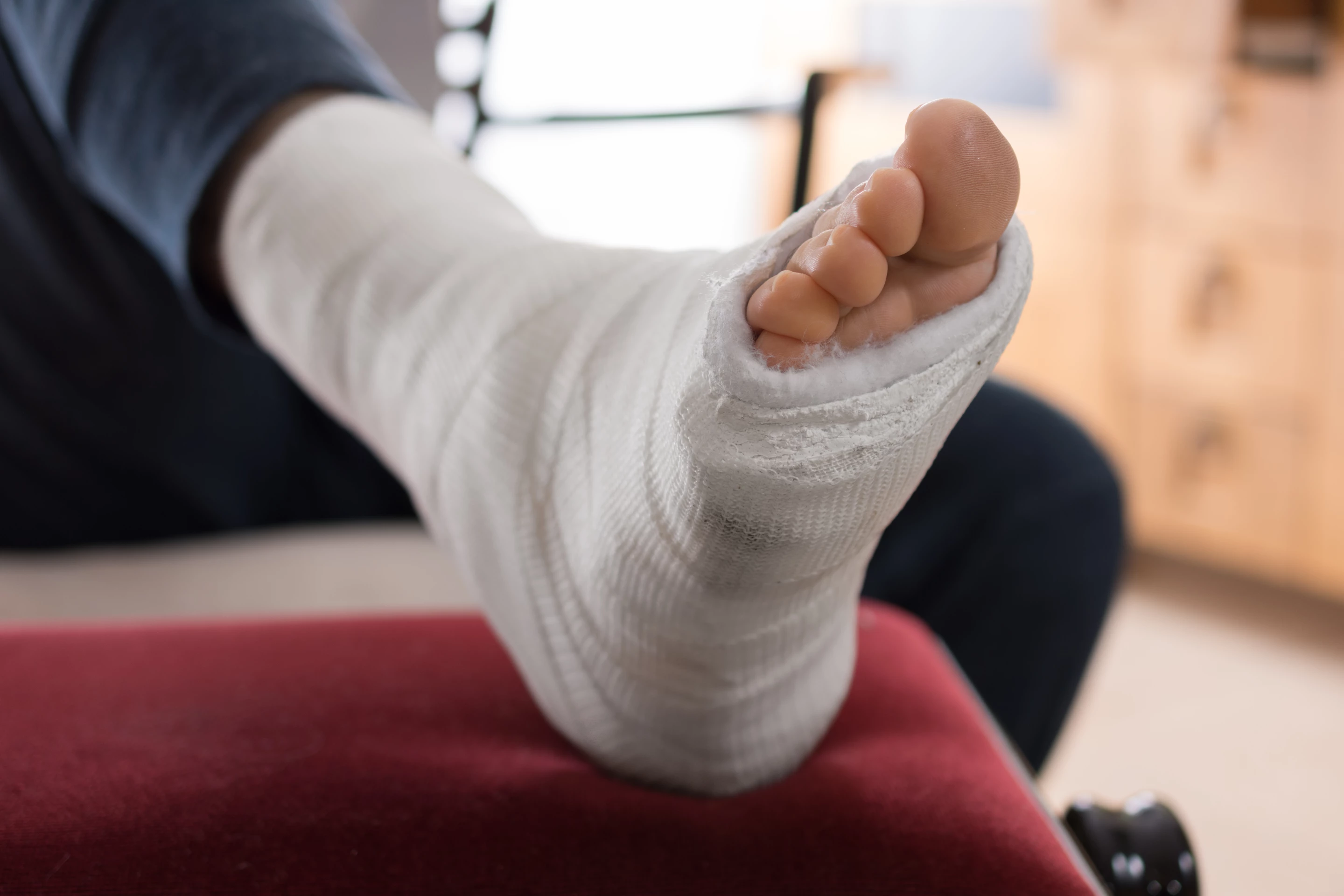It was just a couple of months ago that we heard about an implantable material that electrically stimulates bone cells, causing them to reproduce. Now, scientists have created a similar substance that utilizes magnetism.
There are already a number of experimental materials that have a three-dimensional scaffolding-like microstructure, which simulates the structure of natural bone.
After a piece of such a material has been implanted at a bone wound site, cells from the body's adjacent bone tissue gradually migrate into it. Those cells reproduce over time, while the scaffolding simultaneously dissolves. Eventually, all that's left is newly-grown bone, in the shape and location of the implant.
One of the challenges of the technology involves getting the bone cells to migrate and reproduce quickly. Although growth-boosting chemicals are often added to the material, scientists at the University of Connecticut took another approach with a scaffolding that they announced this June – it generates a weak electrical field in response to externally applied ultrasound pulses, and that field in turn prompts the bone cells to reproduce.
More recently, though, a team at Spain's University of the Basque Country developed a material that instead incorporates magnetic nanoparticles. These are dispersed within a 3D matrix of a biocompatible silk-derived protein known as fibroin.
"When we apply a magnetic field, we bring about a response by these nanoparticles, which vibrate and thus deform the structure, they stretch it and transmit the mechanical stress to the cells," says the lead scientist, Dr. José Luis Vilas-Vilela. In in vitro lab tests, that stress stimulated bone cells to reproduce much more quickly than would have otherwise been the case.
In fact, the technology could conceivably be used to regrow more than just bone.
"We are developing various types of materials, stimuli and processes so that we can have the means to achieve the regeneration of different tissue," says Vilas-Vilela. "In addition, the idea would be to use the stem cells of the patients themselves and be capable of differentiating them towards the type of cell we want to form the tissue with, be it bone, muscle, heart or whatever might be needed."
The research – which also involved scientists from Portugal's University of Minho and biotech firm BCMaterials – is described in a paper that was recently published in the journal Materialia.
Source: University of the Basque Country via AlphaGalileo




